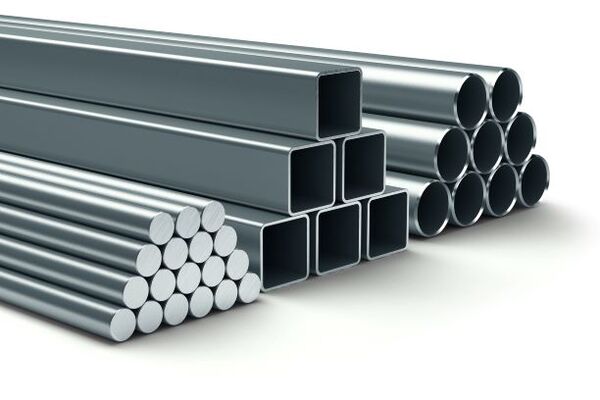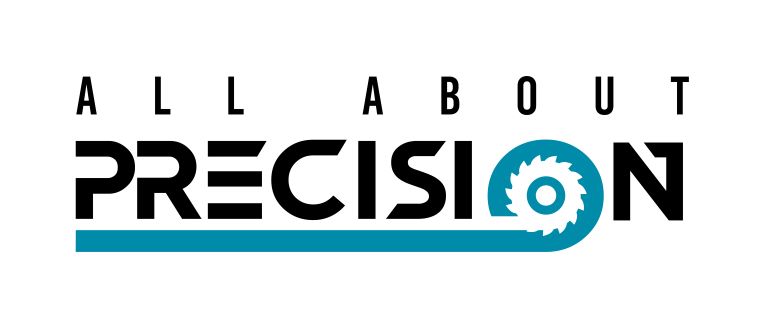
Introduction
Nitronic® 50 is a high strength manganese austenitic stainless steel that is part of a group of materials known as Nitronic® due to the addition of nitrogen to improve their strength. This group includes Nitronic® 30, Nitronic® 32, Nitronic® 33, Nitronic® 40 and Nitronic® 60.
Nitronic 50 is a trademark of the AK Steel Corporation. Unlike other austenitic stainless steels, it does not become magnetic when cold worked or cooled to sub-zero temperatures.
Nitronic 50 is the most corrosion resistant of the Nitronic stainless steels and can be can be supplied in the annealed condition or the higher strength Nitronic 50HS (hot rolled) condition.
Other Material Designations
- UNS S20910
- ASTM XM-19
Product Standards and Specifications
- ASTM A276 Stainless Steel Bars and Shapes
- ASTM A479 Stainless Steel Bars and Shapes for use in Boilers and Other Pressure Vessels
- NACE2 MR0175 Petroleum and Natural Gas Industries — Materials for use in H2S-Containing Environments in Oil and Gas Production
ASTM - American Society for Testing and Materials
NACE - National Association of Corrosion Engineers
What conditions is it ideal for?
Nitronic 50 is ideal for applications that are exposed to both extreme cold and high temperatures.
It is also beneficial in highly corrosive environments as its corrosion resistance is superior to that of 316 and 317 stainless steel due to higher levels of chromium and molybdenum.
The opportunities for use are furthered by a yield strength approached twice that of 316 stainless steel due to the addition of nitrogen.
The materials resistance to sulphide stress cracking at hardness’ of up to RC 35 in both its annealed and high strength forms mean that it is a suitable material for use in sour service in the oil and gas industry offshore.
Machinability
Nitronic 50 has a high work hardening rate, so although it’s machinability characteristics are similar to that of other austenitic stainless steels, the material will have to be held more rigidly and slower speeds used.
More power will also be required, so heavy machines will be required, and it is also recommended to use carbide coated tooling.
Machining Data | |
Carbide tools are suggested for rates better than 50% of Type 304. | |
Machining Type | Suggested starting rates are: |
Single Point Turning | Roughing - 0.15" depth, 0.015"/rev feed -175 SFM Finishing - 0.025" depth, 0.007"/rev feed - 200 SFM |
Drilling | 1/4" Dia hole - 0.004"/rev feed - 60 SFM 1/2" Dia hole - 0.007"/rev feed - 60 SFM 3/4" Dia hole - 0.010"/rev feed - 60 SFM |
Reaming | Feed - same as drilling - 100 SFM |
Side and Slot Milling | Roughing - 0.25" depth - 0.007"/tooth feed - 125SFM Finishing - 0.050" depth - 0.009"/tooth feed - 140SFM |
These rates are for carbide tools, Type C-2 for roughing, drilling and reaming. Type C-3 for finishing. | |
Weldability
Nitronic 50 can be welded using standard arc welding processes. In most circumstances no preheating will be required.
To ensure that the welds magnetic permeability is low like the parent material, the ferrite contained in the weld will have to be removed by use of weld heat treatment.
Stress-Corrosion Cracking and Intergranular Attack Resistance
Similar to the majority of stainless steels, Nitronic 50 may stress-corrosion crack in hot chloride environments. There is only a minor difference in susceptibility to cracking whether between Nitronic 50 and Nitronic 50HS.
The level of resisistance to stress-corrosion cracking of Nitronic 50 is superior to that of 304 stainless steel, but inferior to 316 stainless steel.
The ability of Nitronic 50 to resist intergranular attack is excellent.
Examples of where is it used:
The properties of Nitronic 50 make is especially useful for marine and industrial applications such as food processing and petrochemical industries.
It is often used for the following components:
- Valves
- Fasteners
- Fittings
- Spring shafts
- Saltwater pump shafts
- Heat exchangers
- Chains
- Marine hardware
Summary of Advantages
- Superior corrosion resistance
- Superior mechanical performance
- Easily welded
- Does not become magnetic when cold formed
- Excellent resistance to intergranular attack
- Good mechanical properties in both high and sub-zero temperatures
- Low mechanical permeability
- Almost double the yield strength of 304 and 316 stainless steel
Nitronic 50 Properties
Chemical Composition
Typical chemical composition of Nitronic® 50 is detailed in the table below.
| Element | Content (%) |
|---|---|
| Chromium, Cr | 20.5-23.5 |
| Nickel, Ni | 11.5-13.5 |
| Manganese, Mn | 4-6 |
| Molybdenum, Mo | 1.5-3 |
| Silicon, Si | 1 max |
| Nitrogen, N | 0.20-0.40 |
| Niobium, Nb | 0.10-0.30 |
| Vanadium, Va | 0.10-0.30 |
| Phosphorous, P | 0.04 max |
| Carbon, C | 0.06 max |
| Sulfur, S | 0.010 max |
Physical Properties
Typical physical properties of Nitronic® 50 is detailed in the table below.
| Properties | Metric | Imperial |
|---|---|---|
| Density | 7.88 g/cm3 | 0.285 lb/in3 |
Mechanical Properties
Typical mechanical properties of Nitronic® 50 is detailed in the table below.
| Properties | Metric | Imperial |
|---|---|---|
| Tensile strength | 690 MPa | 100 ksi |
| Yield strength | 380 MPa | 55 ksi |
| Elongation | 35% | 35% |
| Hardness | 293 | 293 |
Discover Nitronic® 50 through All About Precision
As we have seen, Nitronic® 50 is a very versatile material that can be used in many situations. If you’re looking for Nitronic® 50 or parts Manufactured from Nitronic® 50 in the United Kingdom, go through All About Precision. We make finding the best engineering specialist for your needs easy! You can compare quotes, browse reviews, and more from our website.
References
https://www.smithshp.com/nitronic-50.htm
https://www.azom.com/article.aspx?ArticleID=9201
https://www.langleyalloys.com/en/nitronic-50/
https://www.sverdrupsteel.com/products/uns-s20910-xm-19-nitronic-50
https://www.glforge.com/nitronic-50-stainless-steel
https://www.australwright.com.au/stainless-steels-nitronic-50-s20910/#:~:text=Weldability,annealing are not generally needed.
http://www.domesticspecialtymetals.com/alloys/descriptions/NITRONIC50.html
.jpg)
The technical advice and recommendations made in this article should not be relied or acted upon without conducting your own further investigations, including corrosion exposure tests where needed. Please consult current editions of standards for design properties. All About Precision assumes no liability in connection with the information in this article.

